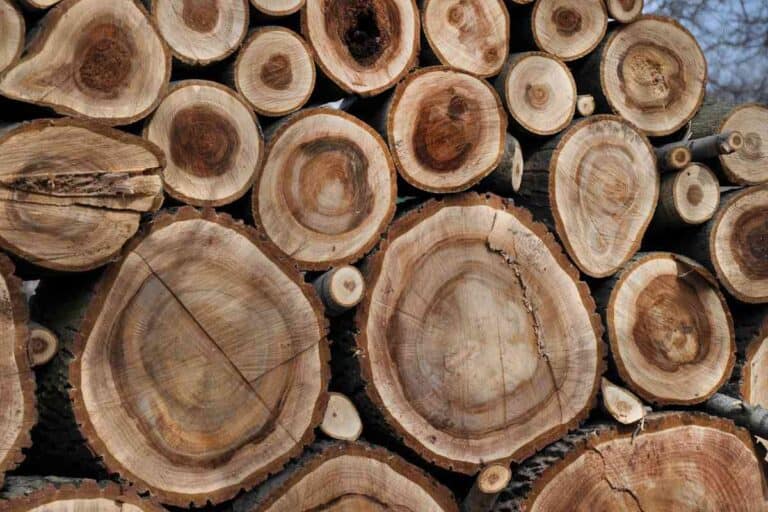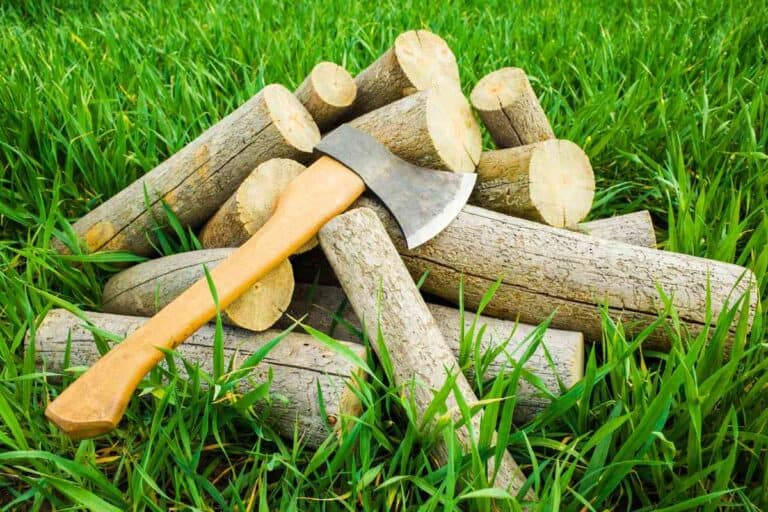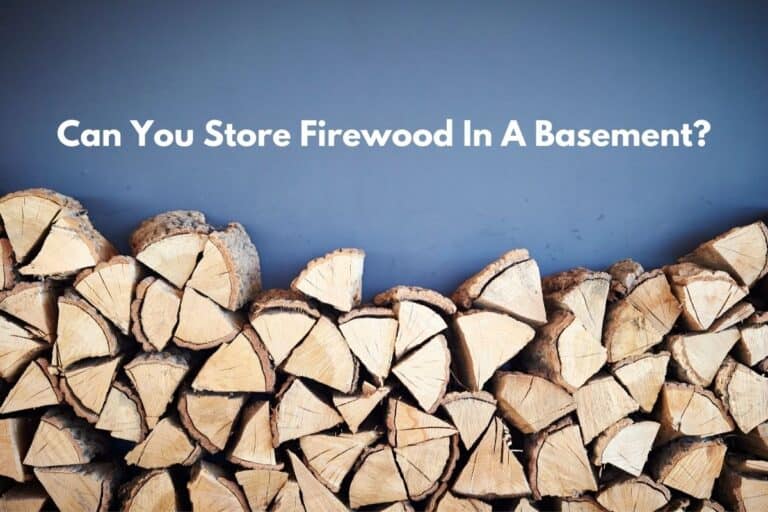Can You Burn Coal in a Fireplace? SHOULD You?
Wood and coal are both great options for heating a home. But can you burn coal in a fireplace? Can you switch them? This guide has the answers.
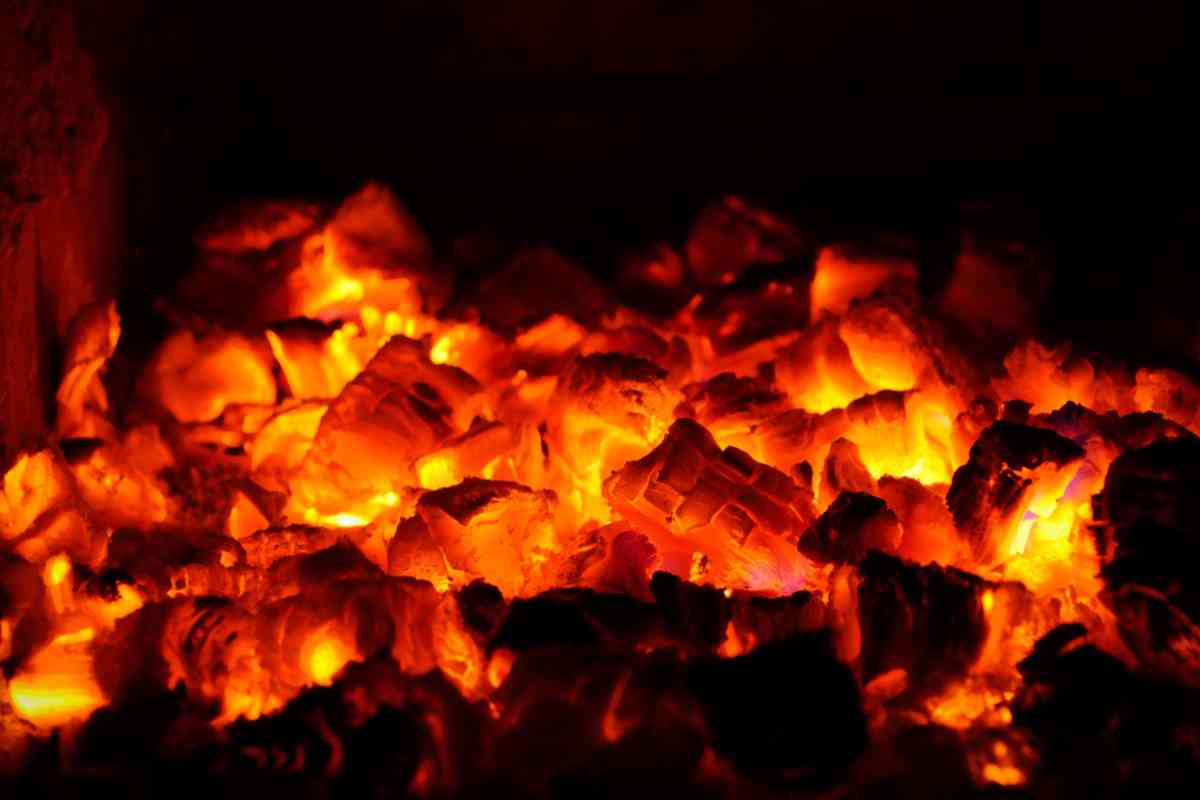
Can You Burn Coal in a Fireplace?
You shouldn’t burn coal in a fireplace. Coal burns at significantly higher temperatures compared to wood, so you run the risk of damaging your chimney. Also, burning coal in a fireplace can lead to carbon monoxide poisoning as well as creosote build-up.
Fireplaces provide an effective and reliable means of heating a home. It will warm up your house fast and keep it properly heated for several hours. And when winter comes around, a fireplace will provide your home with extra warmth, thus reducing your reliance on your conventional home heating system.
However, you may sometimes run out of firewood to keep your fireplace going, and you may decide to reach for the coal that you use for your backyard barbecues. After all, coal is just a form of fuel like firewood.
Burning Coal In A Fireplace
As much as you can use both coal and firewood to heat your home, you shouldn’t burn it in a wood fireplace.
And, there are several reasons why you should avoid it in a fireplace.
Possible Damage to the Fireplace
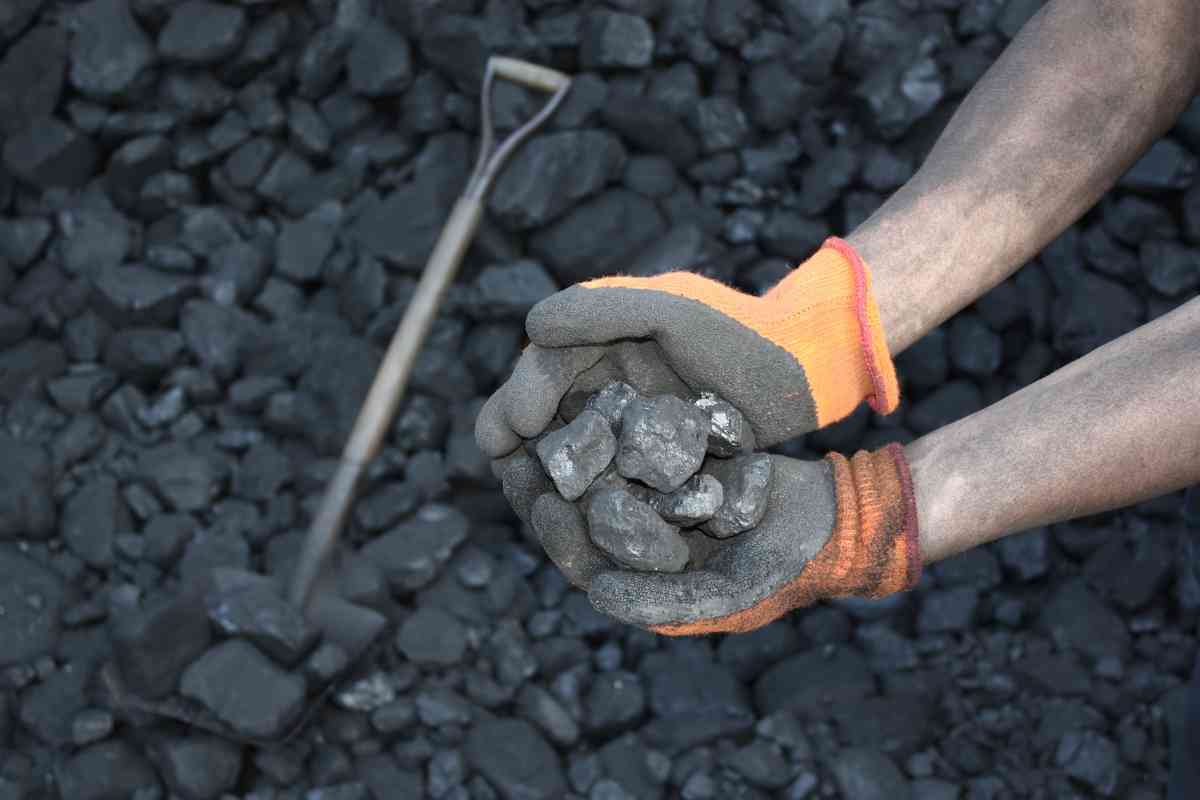
Coal burns at higher temperatures than wood. Therefore, if you decide to use coal in a wood fireplace, there’s a high chance that both the fireplace and the chimney will exceed the recommended temperature limits.
Consequently, you may end up damaging the chimney.
On average, wood burns at around 300 to 600 degrees Fahrenheit.
The actual temperature will depend on the type of wood. But, in most cases, it won’t exceed 1,500 degrees Fahrenheit.
Conventional wood fireplaces are built to handle up to these limits. Coal, on the other hand, burns at around 2,000 degrees Fahrenheit.
So, if you decide to use coal in a wood fireplace, you can expect it to incur serious damage, due to the higher temperatures.
Carbon Monoxide Poisoning Risk
Coal produces carbon monoxide when it’s burning. And, while this gas is produced almost every day, it can be extremely dangerous when it builds up in a small, enclosed space.
Generally, the ventilation system that wood fireplaces come with isn’t sufficient to get rid of carbon monoxide that may be produced by burning coal.
Consequently, this poisonous gas will build up in the house. And when you inhale it, it will block your organs from getting sufficient oxygen, leading to death.
Every year, around 400 people in the U.S. die due to accidental carbon monoxide poisoning.
The majority of these deaths happen during the cold, winter season when people are heating their homes using coal.
Creosote Buildup
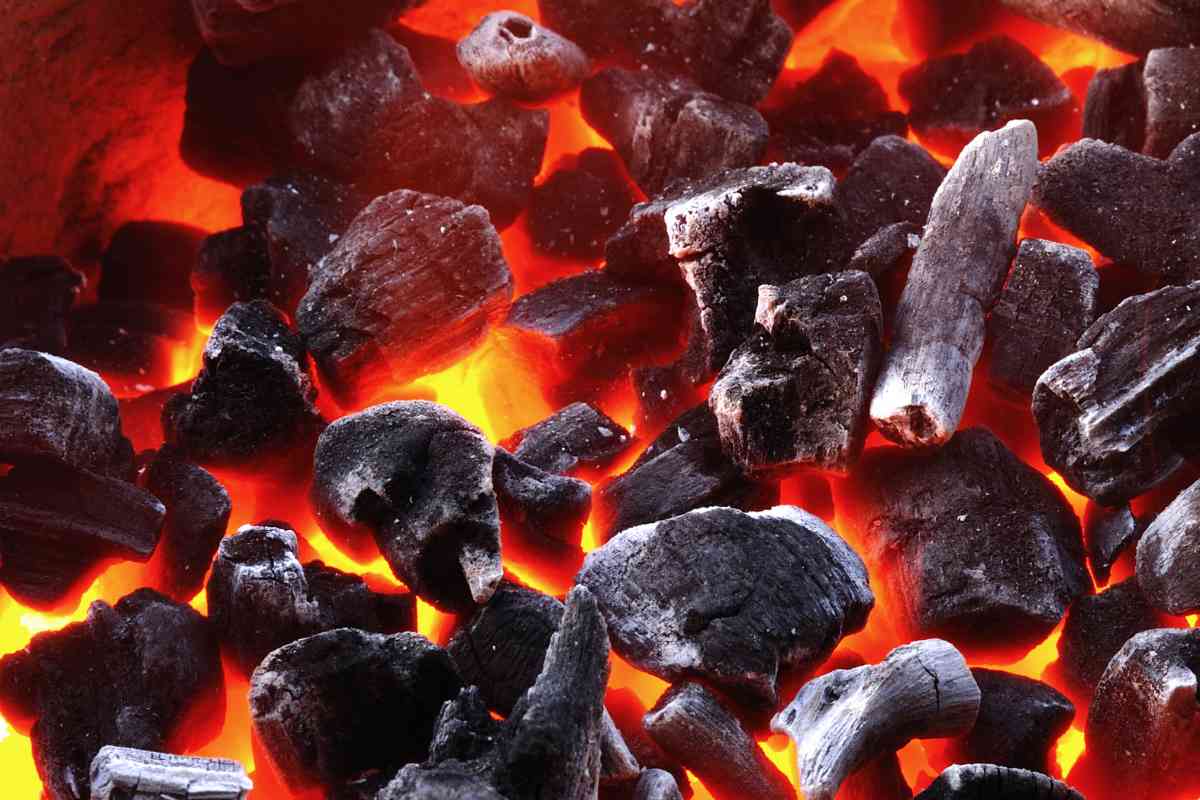
Coal fireplaces come with some sort of a grate, where you will place the coals. Once the coals have been ignited, they will get fresh air supply from the top and under.
However, fireplaces don’t come with this grate.
As a result, the coal in the fireplace won’t get sufficient oxygen, leading to incomplete combustion. And as you may probably know, incomplete combustion will cause the coals to produce too much smoke, leading to the build-up of creosote and soot in the chimney.
Furthermore, when inhaled, this smoke can trigger various respiratory issues such as coughing, shortness of breath, and respiratory irritation.
Inhaling coal smoke can also worsen various medical conditions like heart disease or asthma.
It’s Labor Intensive
Coal tends to produce too much ash when burning, compared to wood. If you want to keep the fire burning, then you will need to continuously remove this ash.
Also, charcoal tends to burn for a shorter period, compared to wood.
Therefore, if you decide to burn coal in your wood fireplace, you need to constantly add coal and remove ash, if you want to keep the fire going for long.
And, this can be extremely laborious.
How to Burn Coal in a Fireplace

The majority of open fireplaces are not designed to burn coal. So, if you are planning to be burning both coal and wood in your fireplace, then you need to make some modifications.
Also, you need to reinforce the chimney. As we earlier mentioned, coal burns at higher temperatures than wood.
And, these higher temperatures can damage the chimney. In light of this, if you are planning to be using coal in your fireplace, you need to reinforce the chimney first.
However, you should ensure you hire a professional to do the job, to ensure it’s done right, the first time.
In addition, you also need to enhance the ventilation of your fireplace.
Enhancing its ventilation will help to prevent it from pushing smoke and gasses into the house. Instead, these gasses will be escaping through the chimney, thus reducing the risk of carbon monoxide poisoning.
Also, the additional ventilation will prevent incomplete combustion, thus preventing creosote buildup.
Also, you will need to invest in a grate, where you will be placing the coals whenever you want to burn them in the fireplace. In addition, you should install some sort of ashtray for collecting the ash.
Why would you burn coal in a wood stove?
We can think of a few major reasons! Coal burning hotter and longer can be a good thing for fireplaces designed to handle the higher heat. You could turn the main furnace down and let the fireplace do more work, if it can do so safely. Also, you’ll be replacing wood less often, though you’ll clean it out a bit more often – kind of a trade off!
While many homeowners appreciate the overall smell of burning wood, some also like the smell combination created when burning some coal with a normal amount of wood.
Coal can also be appreciably less work. Having wood for a wood fire place can involve buying and splitting wood – which some strong homeowners like to do by themselves. Acquiring coal often just involves buying a bag.
Which is better for the environment?
If you think that burning wood is better for the environment, the real answer depends on who you ask. Wood smoke, which will eventually be ventilated out of your house, is bad for the environment in itself and can be a contributor to acid rain and other problems. Coal has its own impact on the environment, namely from smoke and carbon dioxide.
The real answer here is less clear: Wood offers fewer emissions and can be regrown, but often requires considerable fossil fuel resources to cut and gather. Unfortunately, there really isn’t an easy answer here!
Are there multi-fuel stoves or fireplaces?
Yes! Some stoves and fireplaces can burn several kinds of fuel between fire, coal, or even compost. The most significant factor is the ability to have enough room for ash, offering enough circulation to maintain a fire, and ventilation.
Some safety precautions
These are pretty common for fireplaces anyway, but even more important when burning coal in a fireplace:
- Only add coal was the fire is already off.
- Remove ashes from the fireplace every time you start a new fire.
- Keep flammable objects away from the fireplace – this is kind of a “duh” thought but coal can burn even hotter than wood.
Key Takeaways
- Coal can be a great means of heating a home
- It’s not advisable to burn coal in a fireplace
- Burning coal in a fireplace poses a health and safety risk
- You need to make some changes to your fireplace if you want to burn coal

